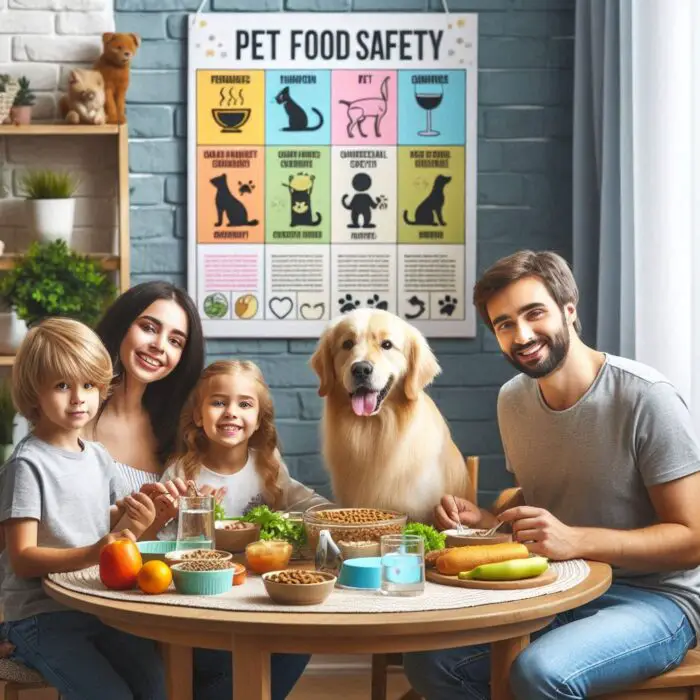
Ensuring the safety of pet food is crucial for maintaining the health and well-being of our furry companions.
With numerous pet food brands and products available, it’s essential to stay informed about pet food safety practices. Here are some key tips to keep in mind when choosing, storing, and serving food for your pets.
1. Choose Quality Brands
When selecting pet food, opt for reputable brands known for their commitment to quality and safety. Look for brands that follow strict safety protocols and have a transparent ingredient list.
Reading labels can help you identify high-quality ingredients and avoid harmful additives, such as artificial colors, flavors, and preservatives.
2. Check for Recalls
Before purchasing pet food, check for any recent recalls. The FDA and the American Veterinary Medical Association regularly publish lists of recalled products due to safety concerns.
You can find this information on their websites or by subscribing to recall alert services. If a specific product you use is recalled, stop feeding it to your pet immediately.
3. Understand Ingredient Labels
Reading pet food labels is vital for understanding what you’re feeding your pet. Ingredients are typically listed in order of weight, so look for a protein source (like chicken, beef, or fish) as the first ingredient.
Avoid foods that list vague terms like “meat by-products” or “animal digest.” Additionally, ensure that the food is appropriate for your pet’s age, size, and specific dietary needs.
4. Store Food Properly
Proper storage of pet food is crucial for preventing spoilage and contamination. Store dry food in a cool, dry place in an airtight container to keep out moisture and pests.
Wet or canned food should be refrigerated after opening and consumed within a few days. Always check expiration dates before serving food to ensure it is still fresh.
5. Maintain Cleanliness
Keep your pet’s feeding area clean to prevent the growth of harmful bacteria. Regularly wash food and water bowls with hot, soapy water, and rinse them thoroughly.
Avoid letting uneaten food sit out for extended periods, as this can lead to contamination. If your pet is on a raw food diet, follow strict hygiene practices to minimize the risk of foodborne illness.
6. Transition Slowly to New Foods
When changing your pet’s diet, do so gradually to avoid gastrointestinal upset. Start by mixing a small amount of the new food with the current food, gradually increasing the new food’s proportion over several days.
This slow transition helps your pet adjust to the new diet and can prevent digestive issues.
7. Be Cautious with Treats
While treats can be a great way to reward your pet, they should be given in moderation. Choose treats that are safe and appropriate for your pet’s size and dietary needs.
Be aware of any potential allergens, and avoid human foods that can be toxic to pets, such as chocolate, grapes, onions, and garlic.
8. Consult Your Veterinarian
For tailored dietary advice, consult your veterinarian. They can recommend the best food options based on your pet’s health, age, and specific needs.
Regular check-ups can also help identify any potential health issues early, allowing for timely interventions.
Conclusion
Ensuring pet food safety is essential for keeping your furry friends healthy and happy. By choosing quality brands, understanding labels, storing food properly, maintaining cleanliness, and consulting with your veterinarian, you can help prevent foodborne illnesses and ensure your pet enjoys a balanced diet.
Prioritizing these tips will contribute to your pet’s overall well-being and longevity, allowing you to enjoy many happy moments together.
Author
-

Benedict Ohia is a seasoned chef with over 15 years of experience in the culinary industry. Passionate about food, innovation, and mentoring others, Benedict combines his chef expertise with his storytelling talent as the founder of CatererCareers.com. Through his niche website, he provides invaluable insights, tips, and resources for aspiring chefs, caterers, and hospitality professionals. Whether guiding career growth or sharing industry trends, Benedict is dedicated to inspiring others to succeed in the dynamic world of catering and culinary arts.
View all posts
